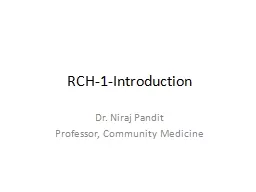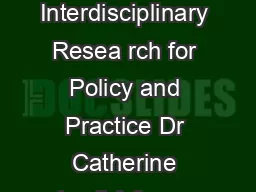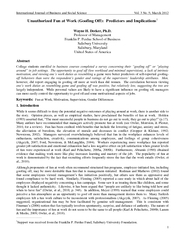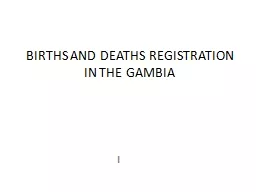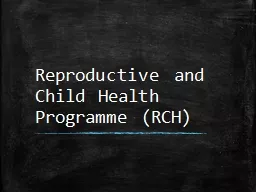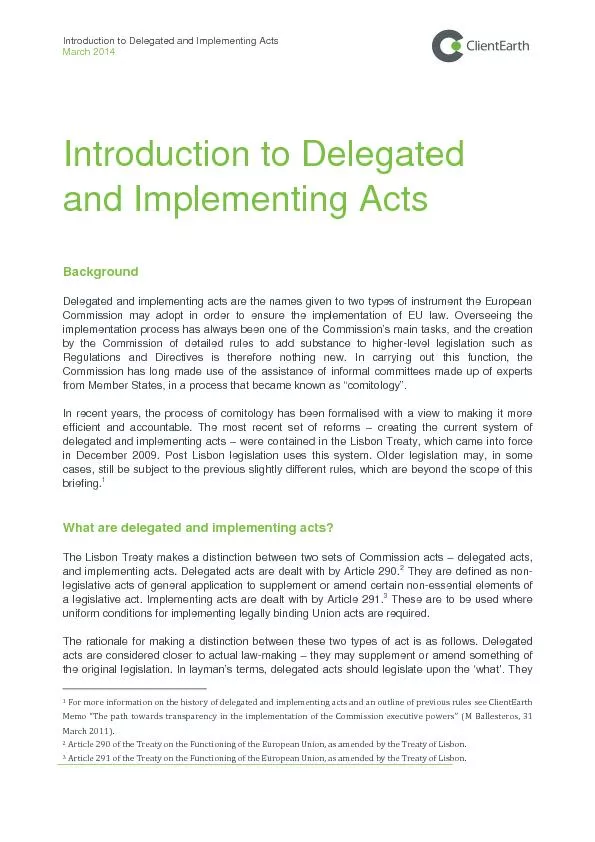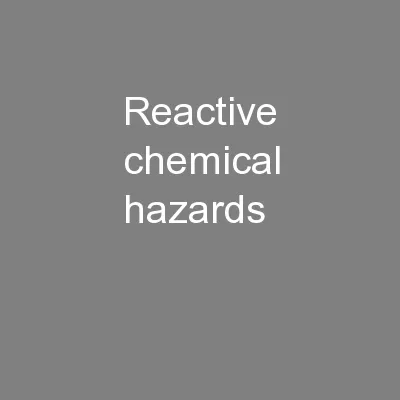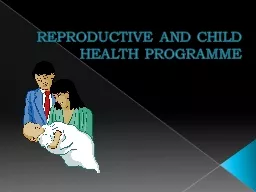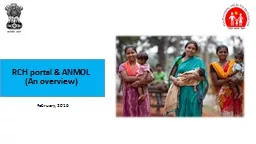PPT-RCH-1-Introduction Dr. Niraj
Author : QueenBee | Published Date : 2022-08-01
Pandit Professor Community Medicine History of RCH Programme 1950 MCh service through PHC 1952 National Family Planning Programme 1962 Central Family Planning
Presentation Embed Code
Download Presentation
Download Presentation The PPT/PDF document "RCH-1-Introduction Dr. Niraj" is the property of its rightful owner. Permission is granted to download and print the materials on this website for personal, non-commercial use only, and to display it on your personal computer provided you do not modify the materials and that you retain all copyright notices contained in the materials. By downloading content from our website, you accept the terms of this agreement.
RCH-1-Introduction Dr. Niraj: Transcript
Download Rules Of Document
"RCH-1-Introduction Dr. Niraj"The content belongs to its owner. You may download and print it for personal use, without modification, and keep all copyright notices. By downloading, you agree to these terms.
Related Documents

